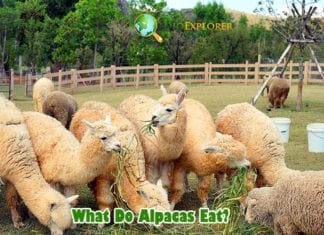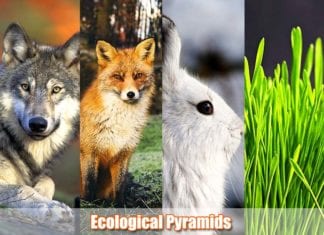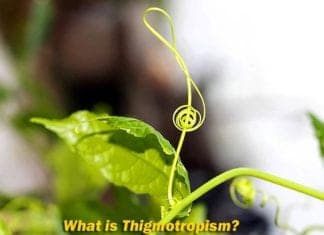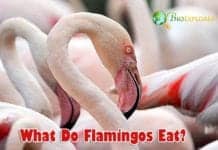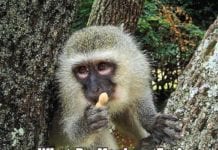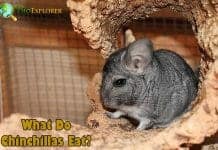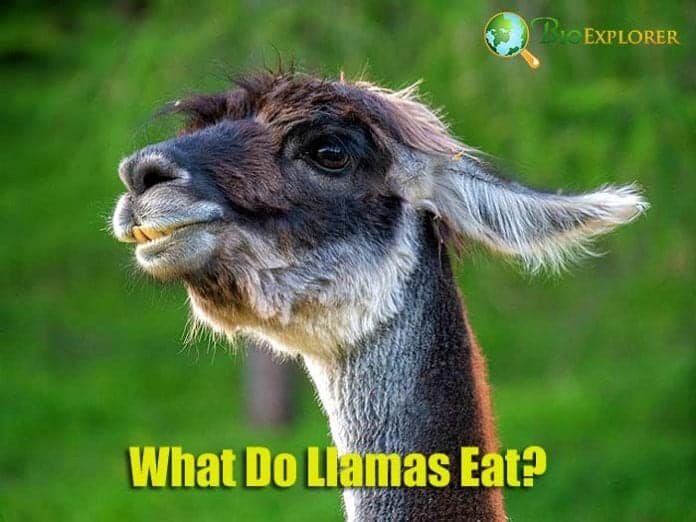
Llamas are camelids that are notable for their long necks and legs, with incisors protruding and split upper lips. Llamas are herbivores. Their diet constitutes mountain vegetation, lichen, and shrubs.
These animals also eat fruits, seeds, nuts, grains, roots, tubers, and plant fluids.
Table of Contents
What Do Llamas Eat?
Llamas are herbivorous. These mammals mainly feed on low shrubs, lichens, a wide array of mountain plants, fruits, grains, seeds, nuts, tubers, roots, and plant fluids such as sap.
- Given their herbivorous nature, llamas do not hunt for meat; instead, they spend their time searching for their preferred vegetation for consumption.
- Llamas can consume many vegetation types, a strategy that allows them to thrive in the event of scarcity in their mountainous habitat.
- Regurgitation is a feeding technique evidenced in llamas. Regurgitation is also evident in other ruminants. Llamas chew the cud and then proceed to swallow to facilitate total digestion.
![]()
Types of Llamas
Only one type of llamas has been described, and it is known scientifically as Llama glama.
- The llama is a camelid, and it is closely related to organisms like the alpaca, the vicuña, and the guanaco. This South American camelid does not have a hump, as evidenced in old-world camelids.
- Old-world camelids include the dromedary camel with one hump (Camelus dromedarius) and the Bactrian camel with two humps (Camelus bactrianus).
- Llamas have a coat pattern that is reddish-brown with yellow or white patches.
- Among the South American camelids, llamas are the largest. These animals can grow to lengths of 47 inches at the shoulder, and they have an average weight of about 250 pounds.
- Some striking adaptations of llamas are the fact that they have unusual hemoglobin levels and oval-shaped red blood cells.
- These adaptations allow them to live in high-altitude habitats that are deprived of adequate levels of oxygen.
Suggested Reading:
What Do Alpacas Eat?
![]()
When Do Llamas Eat?
Llamas display diurnal tendencies. These means that these camelids are active during the day, and are likely to be found foraging and eating during daylight hours. During nightfall, llamas rest and sleep.
![]()
How Often Do Llamas Eat?
Llamas can eat as often as they can as long as they realize their daily threshold. These ruminants consume about 1.8% – 2% of their body weight every day.
During winter, llamas feed less often and also drink less water unless it is warmed.
![]()
What Eats Llamas?
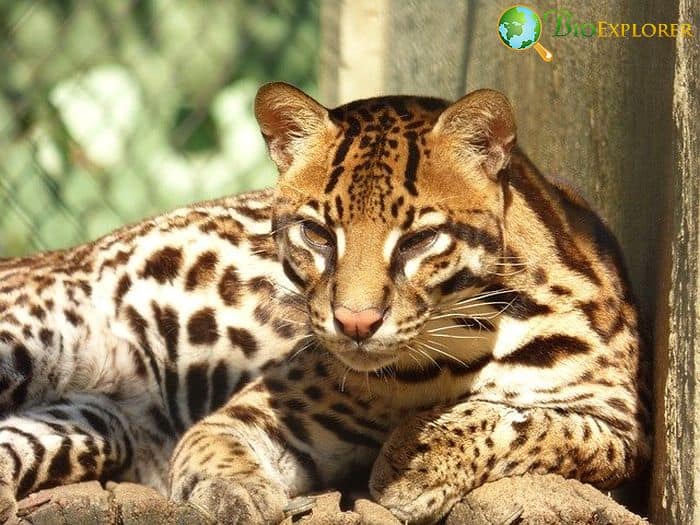
Only small canids have been reported to predate on llamas.
- These canids are often found within the llamas’ habitat. Examples of the organisms that consume llamas include pumas, mountain lions, coyotes, and ocelots.
- It is also worth noting that humans exploited the llama population before this species was redistributed in many parts of the world.
- Human beings use llamas for their meat and wool.
![]()
Where Do Llamas Fit in the Animal Food Chain?
Llamas play an essential role in the ecosystem, and their absence would throw off the balance that exists in the animal food chain.
- Llamas are primary consumers, which means they only feed on plants. By playing this role, they help regulate the growth of plants. Further, by playing the role of a primary consumer, llamas help transfer energy into the ecosystem.
- Llamas provide a great source of nutrition to the carnivores located above them in the animal food chain (the secondary consumers). The secondary consumers, with the example of pumas, mountain lions, coyotes, and ocelots, can draw energy obtained from feeding on llamas, an activity that promotes their growth, and the ability to thrive in their ecosystem.
- Given the above interaction, it is apparent that the absence of llamas in the ecosystem will impair the integrity of the animal food chain.
- First, plants would overpopulate, a phenomenon that would result in competition for the sunlight. This occurrence would likely lead some plants to extinction.
- Second, the absence of plants would mean the environment would be inconducive for some animals to thrive and propagate, and will thus be driven to extinction.
Suggested Readings:
Explore Ecological Pyramid: 3 Major Types and Limitations
Explore The World of Thigmotropism
![]()
Further, the absence of llamas would imply that the small canids that rely on llamas for food will be deprived of their source of nutrition. This is likely to result in the deaths of some of these organisms, with others being pushed to the brink of extinction.
![]()


